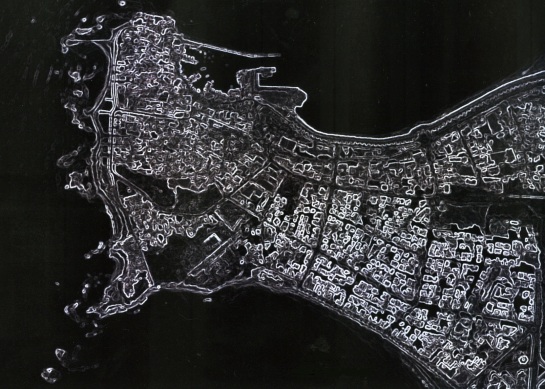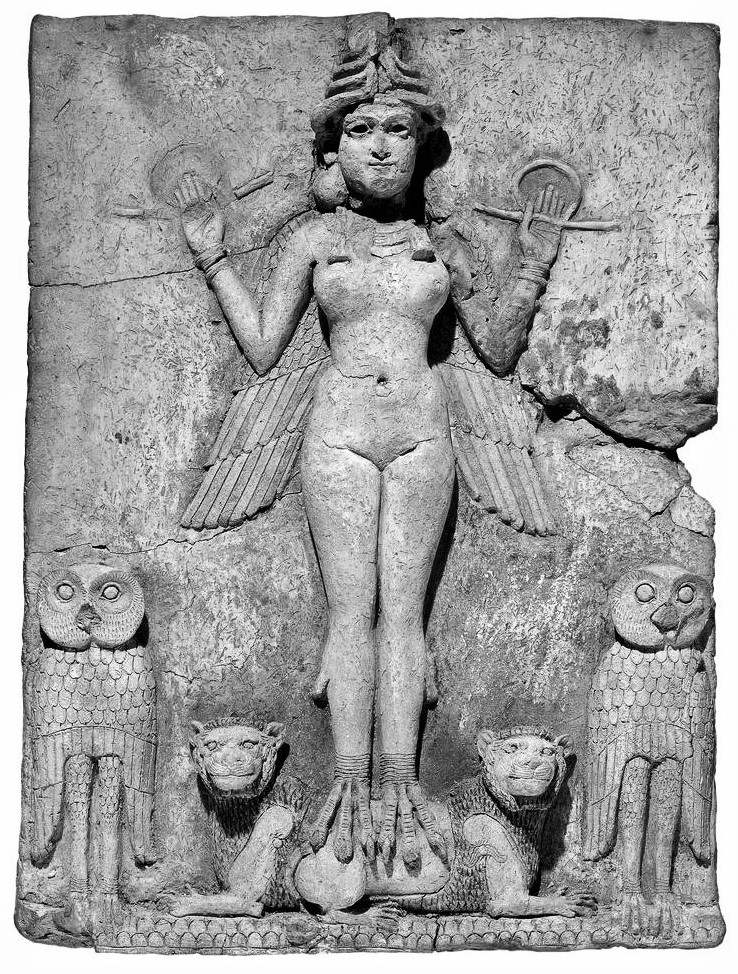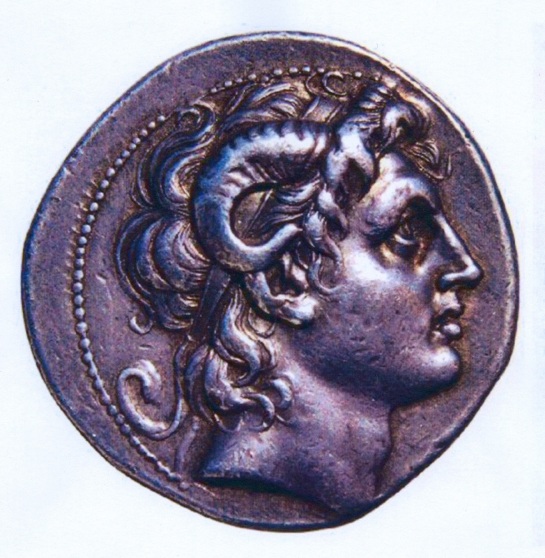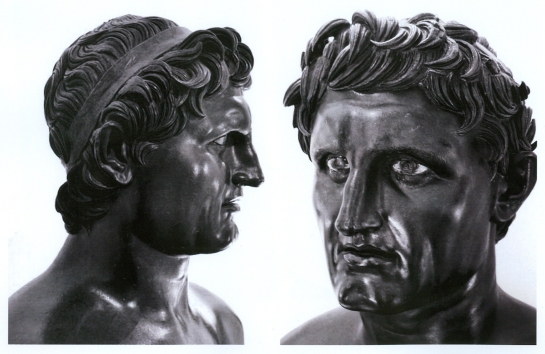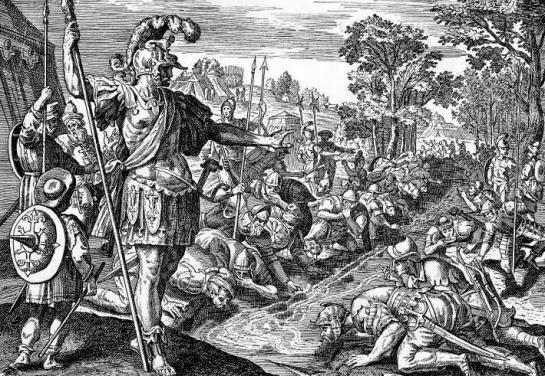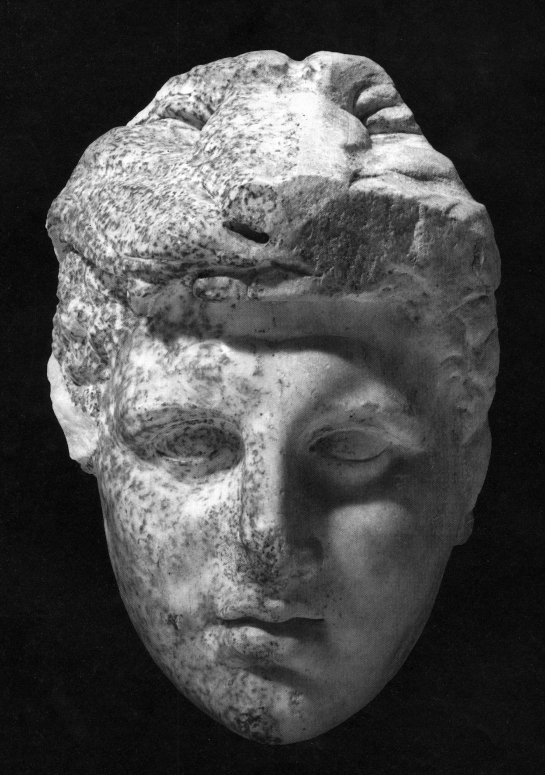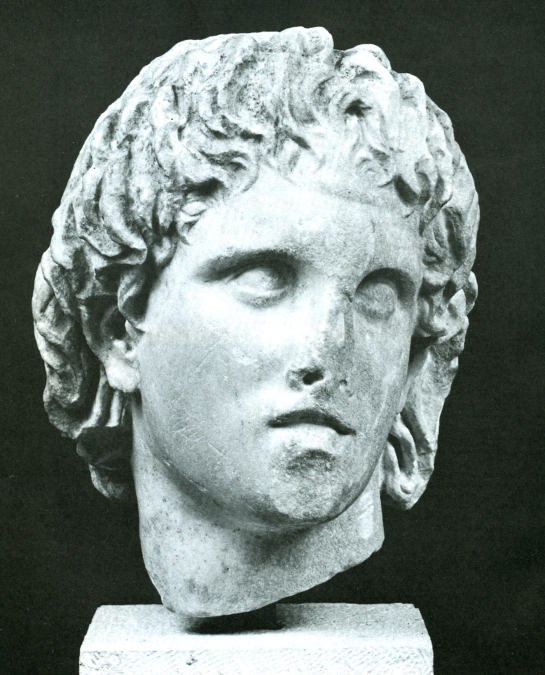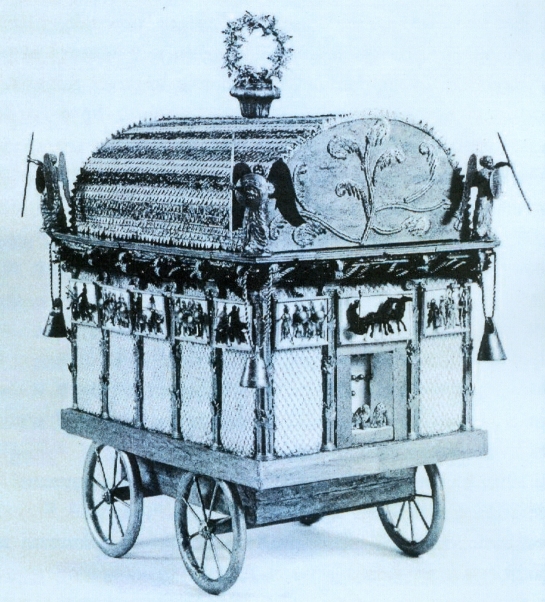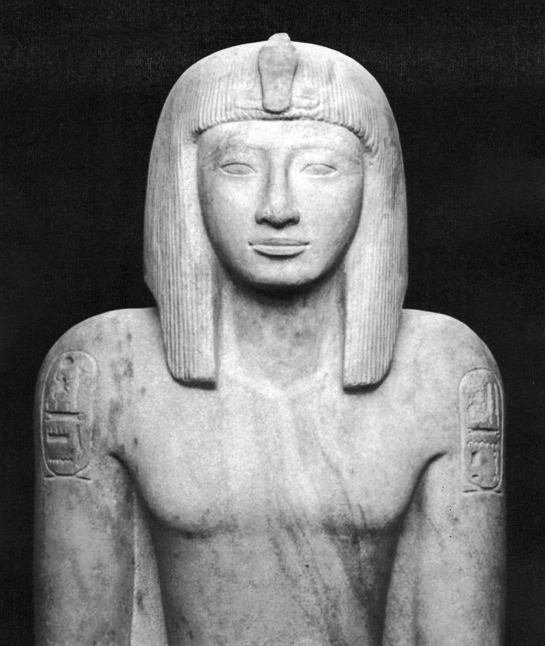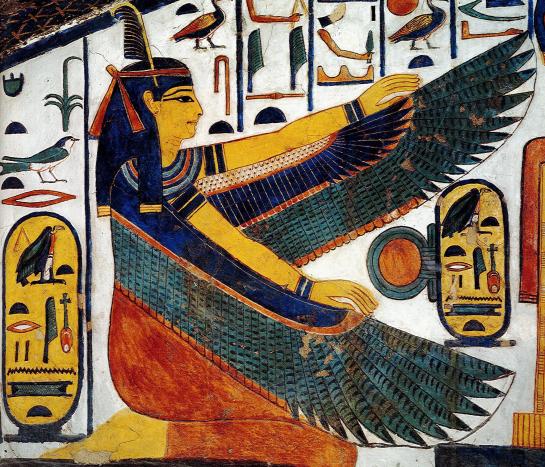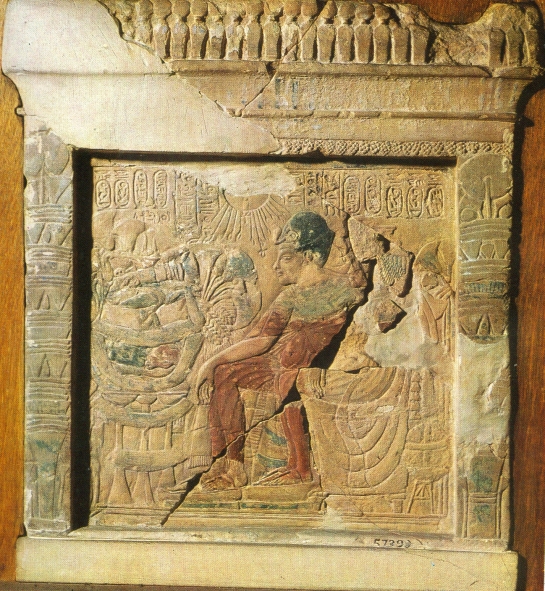Before you read this online article: please understand I’m not a connoisseur or a high-level guru, I’m just an average guy into alternative research.
THE PHOENICIAN/GREEK PHILOSOPHER PYTHAGORAS ENCRYPTED IN THE BIBLE AS THE PROPHET DANIEL.
The name Daniel has always flared across the conscious horizon of Biblical scholars since Daniel was a righteous Israelite of royal blood and nobility. According to the apocalyptic book of Daniel, in the third year of Jehoiakim, king of Judah, king Nabuchadnezzar II of Babylon laid siege to Jerusalem (587 B.C.). He carried off the vessels of the Temple of Yhwh to the land of Shinar. Nabuchadnezzar took many captives from the nobility of Judah, amongst them were Daniel, Hananiah, Mishael, and Azariah. Daniel was a handsome, intelligent, and wise young man, prudent in judgement. In time Daniel outshone all the supervisors and satraps in the land of Chaldea. Nabuchadnezzar changed Daniel’s name to Belteshazzar and made him ruler of the whole province of Babylon. Daniel 2:46 says that king Nabuchadnezzar fell down and worshipped Daniel and offered sacrifice and incense to him.
This is a phenomenal story but unfortunately it is a false construct. Daniel never existed, he is a mythical character, a symbol. The Biblical Daniel is based on the historical figure of Pythagoras, the illustrious Greek philosopher born in Sidon, Lebanon (some claim he was born in Samos, Greece). Pythagoras was the living embodiment of wisdom in its metaphysical and ethical dimensions, some have gone as far as saying that he was the son of Apollo. Pythagoras was a mathematician, a philosopher, and a mystic, he studied in the most distinguished learning centers of the ancient world. When he turned fifty-six, he went to Greece and started to teach.
(bust of the erudite Pythagoras of Samos, Capitoline Museum, Rome)
What are the origins of the genius Pythagoras? We already know that the Greek philosopher of charismatic splendor was born in Phoenicia. He lived in the days of Cambyses II-Mesutire, king of Persia (son of Cyrus II the great). Pythagoras’ father was a Tyrian merchant named Mnesarchos, at one point Mnesarchos consulted the Pythia in Delphi, the oracle revealed that he would have a son that would be considered the pinnacle of human achievement, a son that would surpass all others in beauty and wisdom. The name ‘Pythagoras’ means something like ‘speaking truth’ (agoreuein) no less than the God of Delphi (tou Pythiou).
(the Pythia of Delphi, rapturous in her divine intoxication, would be seated on a tripod next to a holy conical stone known as the Omphalos. The pierced-rounded rock was the spiritual heart of the ancient Greek world)
Pythagoras mother was a Greek woman from Samos, her original name was Parthenis. Since the Pythia of Delphi prophesied about her semi-divine son, she changed her name to ‘Pythais’. Basically, the scribes who wrote the Bible knew that Pythagoras was one of the most transcendental personages of all time, therefore; they decided to tell his amazing tale through the character of Daniel. The sages stole from ancient Greece and gave it to Israel, this is cultural appropriation.
(Pythagoras was considered to be the son of Apollo. Apollo, Parian marble, Olympia. From the West pediment of the temple of Zeus at Olympia)
PROOF THAT THE PROPHET DANIEL IS PYTHAGORAS.
As we already know, the mythical Daniel emanates from the historical figure of Pythagoras. Let us compare Daniel to the fair-haired Samian:
• The Bible states that Daniel was an Israelite from Judah who lived in the times of Jehoiakim, king of Judah: Pythagoras, son of Mnesarchus and Parthenis, was born in the Syro-Phoenician region, in Sidon (his father was a Tyrian). Pythagoras is associated with Samos but the fact of the matter is that he was born in Sidon.
• King Nabuchadnezzar of Babylon brought Daniel to the land of Chaldea as a captive: Cambyses II of Persia invaded and conquered Egypt in the days of pharaoh Psammtek III (525 B.C.E.). Tradition says that Pythagoras was taken prisoner and taken to Babylon in the days of Psammtek III. Both Daniel and Pythagoras were exiled to Babylon.
• The king of Judah referred to as Jehoiakim is an allegory to pharaoh Psammtek III (Ankhare), sucessor of Amasis II. There was no significant ruler in Jerusalem in the days of Cambyses II (Mesutire). In the 3rd year of Jehoiakim is a code for Psammtek III: 3rd year = 3rd Psammtek.
• Daniel was an un-blemished handsome scholar: Pythagoras was good-looking, his presence was one of awesomeness.
• Daniel was resolved not to defile himself with the king’s food or wine, he would only eat vegetables: Pythagoras was a vegetarian, he would not allow the eating of flesh plus he abstained from wine (he would only drink water). He was also modest, he would partake little of food and drink; he abhorred excess.
• Daniel was a brilliant scholar who excelled in every discipline. He was intelligent, wise, quick to learn, and prudent in judgment; he had knowledge and proficiency in all science: Pythagoras was considered to be ‘the mere incarnation of wisdom’, no one could come close to him when it came to science, mathematics, religion, philosophy, geometry, astrology, and mysticism. Pythagoras was ‘Chief priest of every divine mystery.’
• Daniel-Belteshazzar was taught the tongue and literature of the Chaldeans: In Babylon the Magi showed kindness to Pythagoras initiating him into their mysteries, it was there that Pythagoras came to know the Zoroastrian religion.
• After Daniel successfully interpreted the famous dream of Nabuchadnezzar, the king fell down and worshipped him: The Greeks believed that Pythagoras was a divinity incarnated in the flesh, the son of Apollo.
• Daniel 1:7 says that Ashpenaz, Nabuchadnezzar’s chief court official gave Daniel, Hananiah, Mishael, and Azariah new names. Daniel became Beltheshazar, Hananiah became Shadrach, Mishael became Meshach, and Azariah became Abednego. This is an encryption code that spells out ‘Pythagoras.’ Ash (P) enaz, Bel (T) eshazar, Abedne (G) o, Shad (R) ach, & Me (S) hach: P-T-G-R-S = Pythagoras.
It is clear that the scribe who created the Book of Daniel was a fan of Pythagoras! It is believed that the book of Daniel was composed in the days of Antiochus Epiphanes IV, king of Syria. The book was written to strengthen and comfort the Jewish people in their ordeals (to strengthen their identity).
Timeline:
XXVI DYNASTY (Egypt)
• Psammtek I (Wahibre), 664-610.
• Necho II (Wahemibre), 610-595.
• Psammtek II (Neferibre), 595-589.
• Apries (Wahibre), 589-570.
• Amasis II (Khnemibre), 570-526.
• Psammtek III (Ankhare), 526-525. Psammtek III was defeated by Cambyses II in 525.
XXVII DYNASTY (Egypt)
• Cambyses II (Mesutire), 525-522. Son of Cyrus the great by Cassandane, daughter of Pharnaspes. Buried at Takht i-Rustam, near Persepolis.
• Darius I (Setutre), 521-486. Eldest son of Hystaspes, son of Arsames the Achaemenid. Buried at Naksh-i-Rustam at Persepolis.
• Xerxes I, 485-465. Son of Darius I and Atossa, daughter of Cyrus.
• Artaxerxes I (son of Xerxes), 465-424.
• Darius II (423-405).
• Temporary expulsion of the Persians: Artaxerxes II (405-359).
ADDITIONAL INFORMATION.
I Kings 7:2 says that Solomon, king of Jerusalem, built the House of the forest of Lebanon. A certain Phoenician of Tyre, a fellow named Hiram worked as a sculptor for Solomon. Hiram’s father was a Tyrian, his mother was an Israelite widow from the tribe of Naphtali. I Kings 7:14 says that Hiram was endowed with skill, understanding, and knowledge of how to produce any work in bronze. Hiram did all kinds of artistic metal work for Solomon. Perhaps Hiram has something to do with Pythagoras? Let us decode the Hiram-Solomon puzzle:
- Hiram was born in Phoenicia: Pythagoras was born in Sidon/Phoenicia. Hiram was a Tyrian, Pythagoras’ father Mnesarchos was a Tyrian merchant.
- Hiram’s mother was an Israelite from the tribe of Naphtali: Pythagoras’ mother was a Greek that changed her name to ‘Pythais’, in honor of the Delphic Pythia. Naphta-li = Naphta is a flammable liquid that reminds us of the ethylene-vapours that emanated from the Delphic Omphalos. The territory of Naphtali is not too far from Tyre or Sidon.
- Hiram was a creative individual, a ‘Bezalel type’ filled with divine spirit of skill: Pythagoras gleamed with supernatural brightness, he was considered to be the son of Apollo.
- Hiram the Tyrian could produce any work in bronze: it is said that Pythagoras’ father (a Tyrian) was a gem-engraver, a sculptor like Hiram.
There is no doubt that ‘Hiram’ is an encryption code for Mnesarchos and Pythagoras. Also, the Biblical Solomon is a mythical personage based on the figure of pharaoh Amenhotep III, son of Thutmoses IV (XVIII dynasty). Like Solomon, Amenhotep III was a brilliant strategist that won battles through diplomacy (he was a pacifist).
(pharaoh Amenhotep III [1386-1349], son of Thutmoses IV and queen Mutemwiya, buried in tomb KV 22 in the famous Valley of the Kings, Thebes)
(aerial view of Tyre, Lebanon. The two pillars on the porch of Solomon’s Temple, Ja’chin and Bo’az, are the pillars of the temple of Melkart in Tyre)





